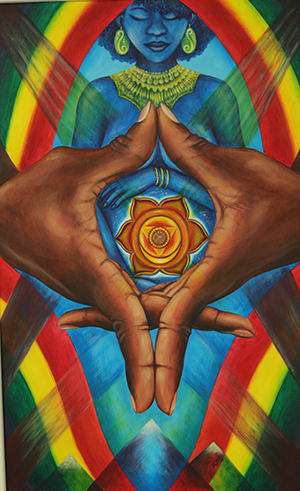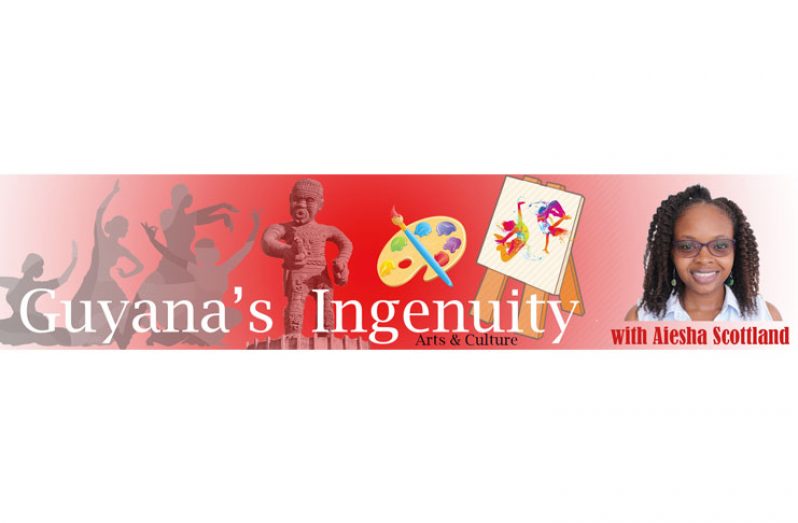WHETHER you’re considering pursuing an art career or furthering your art studies, having an art portfolio is a necessity. A portfolio is a collection of work that shows your performance and learning; it is essential for every artist’s development.
It helps admissions officers in their decision-making of whether or not you are a good fit for their schools. Your portfolio is usually the most important part of your application because it lets schools see first-hand, the works you have created. They are also useful during exhibitions as viewers who are simply curious can learn about the artist and his work. In Guyana, I usually notice portfolios at graduation exhibitions but seldom at professional ones. The displaying of portfolios is something that should be practised even after studies. I believe that portfolios can be a positive addition to an exhibition experience.

As previously mentioned in another column, visual arts comprise knowledge, skills and values. It’s about art-making, art history, art appreciation and art criticism. These documented activities appeal mainly to the sense of sight and are used to judge your work and track its improvement over time. Thus, having a portfolio creates a greater appreciation for the art process, both for the artist and the viewer.
In addition to a physical portfolio, a digital portfolio is also a great asset. With today’s technology, digital portfolios have become very popular. Digital portfolios are convenient because they can be submitted via e-mail and edited, corrected, reduced or extended, without the need to redo the entire document. However, when making a digital portfolio, be sure to back up all your information on an external hard-drive or a flash drive. This protects your work in the event of a computer crash or a virus.
When creating your portfolio, it is crucial to demonstrate your point of view and identity. Every artist has his/her speciality and he/she must make sure that he/she is the master of his/her medium. When portfolios are displayed or distributed, both the work of art and the artist are judged. This judgement often attracts feedback which can be both negative or positive. A portfolio should contain the following:
* Information and images you have researched
* Developmental studies for artworks
* Artworks created from activities and exercises
* Photographs
* Sketches
* Jotting for ideas
* Final artworks
Many artists tend to focus on presenting photographs of final pieces in their portfolios. This may be acceptable in certain instances; for example, if one is acquiring a new client where the focus is simply on the finished product. However, there is usually much room for depth and detail in a portfolio. There are many exhibitions planned for this year, and I would like to see some portfolios of work when I visit. So if you’re exhibiting work this year, be sure to prepare a portfolio.



.jpg)











